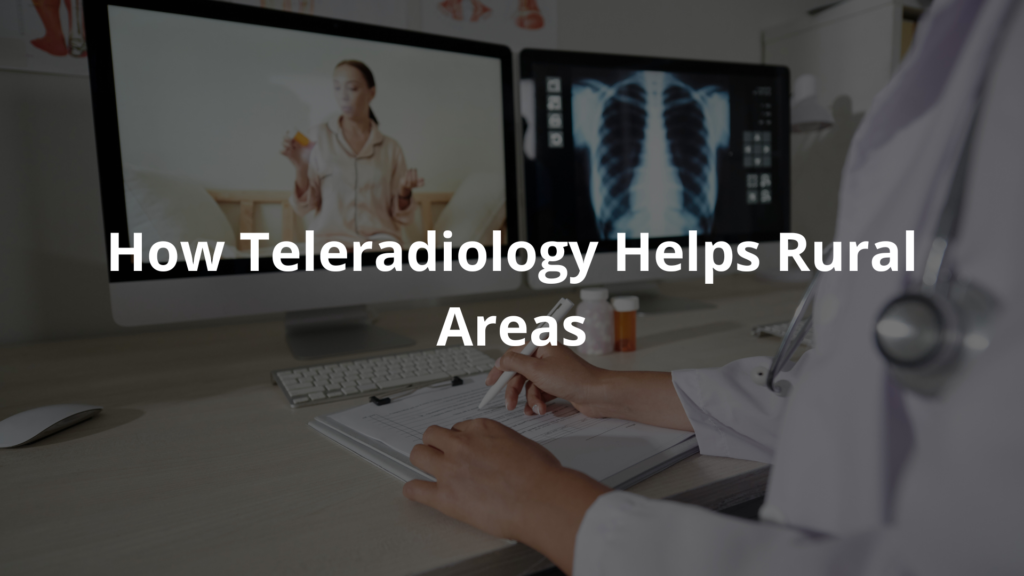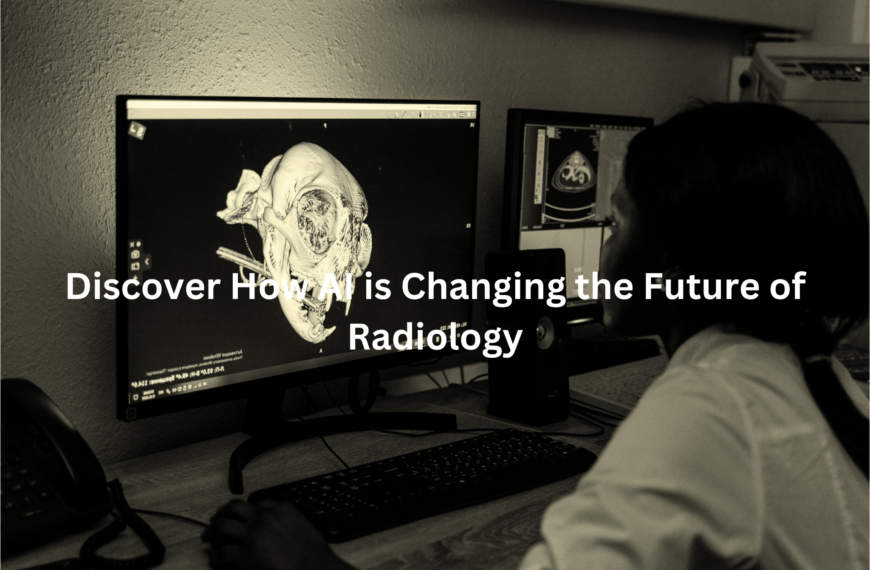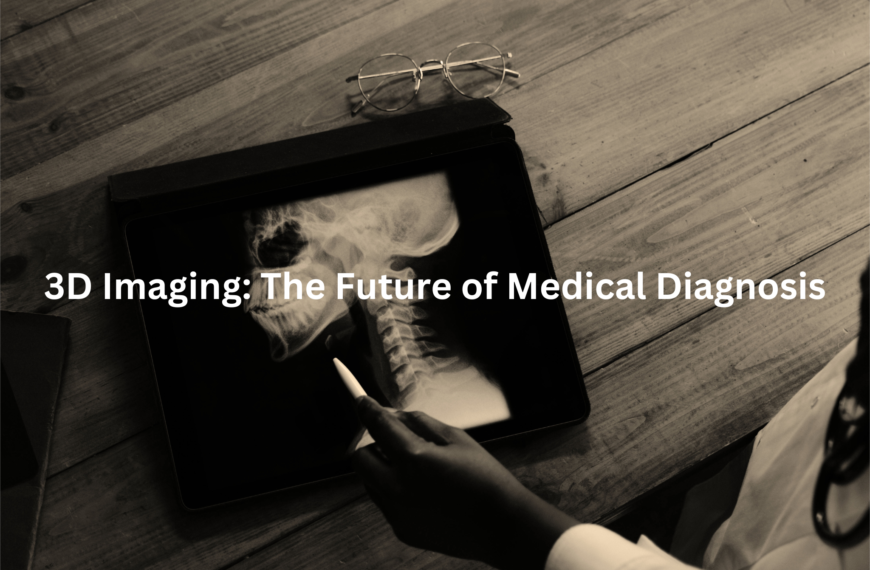Uncover the tele-radiology trends driving healthcare forward in Australia. Faster treatments and expert access are just the beginning!
Teleradiology is reshaping how medical images are shared and understood. It’s especially making a difference in areas where doctors are scarce, like rural communities. This practice involves sending scans—things like CTs and MRIs—online to specialists who can interpret them. It’s not just about technology; it’s about helping people get quicker diagnoses and better care without needing to travel far.
Imagine a patient in a small town getting expert advice from a radiologist hundreds of kilometres away. That’s the power of teleradiology. Curious about how this trend is growing and making healthcare more accessible? Keep reading to learn more!
Key Takeaway
- Teleradiology is growing fast due to technology and demand for remote services.
- It helps people in rural areas get important medical care.
- Big companies and organisations are working to make teleradiology better.
What is Teleradiology?
Teleradiology is when doctors use the internet to share medical images like CT scans and MRIs. This helps other doctors, often specialists, look at the images and give their opinions. It’s especially useful for patients who live far from big hospitals. For example, if someone has a broken bone or a condition like breast cancer, teleradiology can help them get answers quickly.
In Australia, there are many rural areas where there aren’t enough specialists. Teleradiology helps connect doctors in small towns with experts in cities. Say a patient in a remote area gets a CT scan; the images can be sent to a specialist in Sydney or Melbourne. This makes it easier for patients to get the care they need without travelling long distances.
There’s this story about a boy named Timmy. He broke his arm playing footy in a small town. The local doctor took an X-ray and sent it to a specialist in Brisbane. Within an hour, they confirmed it was a fracture and told the local doctor how to treat it. Timmy didn’t have to wait or drive hours to the city. That’s the kind of difference teleradiology can make.
Why is Teleradiology Important?
Teleradiology is changing how doctors care for patients. It gives them quick access to important images, sometimes in real-time. In emergencies, this can save lives. It’s also cost-effective because patients don’t have to travel far, which is great for elderly people or those in remote areas.
Key Benefits of Teleradiology:
- Fast access to specialists: Doctors can diagnose and treat patients quicker.
- Lower travel costs: Patients don’t have to leave their communities for care.
- Second opinions: Specialists from anywhere in the country can review tricky cases, like cancer.
- Data security: Medical information is kept safe and private.
For example, an older woman living in the bush with back pain doesn’t need to drive hours for an MRI. Her local clinic can scan her and send the images to a city specialist right away. She gets answers faster, which means she can start treatment sooner.
Technology Making a Difference
Teleradiology wouldn’t work without technology. Things like AI (artificial intelligence) and cloud computing make it easier to share and analyse medical images. AI can even spot things in scans that doctors might miss, like tiny tumours.
Doctors can now use their phones or tablets to send images, which speeds things up. AI helps by flagging anything unusual, so doctors know what to focus on. Cloud systems store patient records securely, making it simple to compare new scans with older ones.
Key Technological Benefits:
- AI-powered tools: These highlight issues like tumours for quicker, more accurate diagnoses.
- Instant sharing: Doctors can send scans in seconds using teleradiology software.
- Cloud storage: Keeps patient records safe and easy to access for follow-ups.
Imagine a rural doctor sending a chest CT scan to a city specialist. AI highlights a suspicious spot, and the specialist confirms it’s something serious. The patient gets the care they need without delays.
Current Trends in Teleradiology
Increasing Demand for Remote Services
More people are using teleradiology because it’s convenient. Australia’s ageing population and rising chronic diseases mean more scans are needed. During the COVID-19 pandemic, people got used to telehealth and liked it. They could get medical advice without leaving home.
For example, during the pandemic, many patients avoided hospitals. They didn’t want to risk getting sick. Teleradiology let doctors review scans and give advice without seeing patients in person.
Key Players in the Market
Companies like GE Healthcare and Sonic Healthcare are leading in teleradiology. They’re improving technology and expanding services to help more patients. These companies are also working on making teleradiology a long-term solution, not just a temporary fix.
Regulatory Frameworks
In Australia, the Royal Australian and New Zealand College of Radiologists (RANZCR) is making sure teleradiology is safe and effective. They’re setting rules so all doctors follow the same standards. This keeps patient care consistent and reliable.
RANZCR’s guidelines help doctors use teleradiology properly, ensuring patients get the best care possible.
How Teleradiology Helps Rural Areas

Teleradiology is a game-changer for people in rural areas. Specialists are often far away, and long waits for appointments can delay treatment. With teleradiology, patients can get faster diagnoses and care. Studies show it’s increased healthcare availability in rural areas by about 20%. [1]
For instance, a farmer with a back injury doesn’t have to wait days to see a specialist. A local clinic can scan their back and send the images to a city expert. This speeds up treatment and reduces stress for the patient.
Benefits for Rural Areas:
- Better access: Patients don’t need to travel far to see specialists.
- Shorter waits: Faster diagnoses mean quicker treatment.
- Global use: Countries like South Africa and South Korea are using teleradiology to improve healthcare in remote areas.
Future Trends in Teleradiology
Teleradiology is set to keep growing. By 2030, the global market could reach USD 77 million. [2] This means more hospitals and clinics will adopt it. We’ll probably see better image quality and faster sharing tools too. As mobile devices improve, doctors will have even more ways to access patient data.
Collaboration between hospitals and tech companies will likely bring new tools to make teleradiology even better. The future looks promising, with more advancements on the horizon.
FAQ
What role does tele-radiology play in modern health care and emergency care?
Tele-radiology plays a vital role in today’s health services by enabling remote access to medical imaging. It helps doctors look at scans and make decisions quickly, especially in emergency care when every minute counts. Hospitals use this tech to get expert opinions fast, which means better quality of care for patients.
How are AI algorithms and image analysis changing the way doctors read scans?
AI algorithms are transforming how doctors look at imaging data from CT and MRI scans. These smart tools help spot things like bone fractures and support early diagnosis. They work alongside doctors to create better treatment plans and improve report viewing, making the whole process more cost effective.
What’s happening with the tele-radiology market growth in different parts of the world?
The market global reach spans from North America to the Asia Pacific region. The United States leads growth rate trends, while areas like the Middle East, South Korea, and South Africa show rising demand. Latin America and Saudi Arabia are also seeing significant segment growth in imaging centers.
How does digital health and image sharing work in tele-radiology?
Digital image sharing lets doctors send high resolution scans securely between imaging centers. This helps with getting second opinions quickly and keeps medical records safe. The system needs strong data protection and data security to keep patient information private.
What are the emerging trends and future outlook for tele-radiology?
Industry trends point to growing demand for nuclear imaging and imaging studies. Future trends include better support systems and enabling remote services. The market dynamics show health services are focusing on making imaging devices more efficient, which helps with cost savings for the national health system.
How does tele-radiology improve the quality of care for patients?
Tele-radiology improves access to expert opinions and helps with early diagnosis. It lets imaging centers share medical imaging quickly, which means faster treatment plans. This is especially helpful when doctors need second opinions or want to look at imaging studies more carefully.
What’s happening with market insights and analysis in the tele-radiology field?
Market analysis shows strong growth during the forecast period. Market dynamics indicate rising demand for imaging services, with key players focusing on making systems more cost effective. The market size keeps growing as more imaging centers adopt these services.
What’s the current state of medical imaging and nuclear imaging across Australia and Asia Pacific?
The Asia Pacific region is seeing massive growth in medical imaging services. Imaging centres are adopting new ray imaging techniques, and nuclear imaging is becoming more common. This growth is particularly strong in Australia, where imaging studies are becoming more accessible in regional areas.
How are telerad tech solutions making a pivotal role in remote healthcare?
Telerad tech is making a pivotal role in connecting rural medical centres with specialists in major cities. These solutions help with report viewing and image analysis, making it easier for doctors to share imaging data. This technology is particularly crucial for Australia’s remote communities.
What are the market players focusing on in the Oceania region?
Market players in the region are prioritising high resolution imaging and quality control. The market share analysis shows increasing investment in support systems. Major market include developments in digital health solutions that work well in Australia’s healthcare framework.
How do hospitals manage imaging studies and medical records in the digital age?
Hospitals are using advanced systems for storing medical records and imaging data. These digital image management solutions help with image sharing between different health services. The focus is on making sure doctors can access high resolution scans while maintaining strict data protection.
What’s driving market growth in the imaging industry?
The market report shows growing demand for various types of scans, including mri scans. The market size continues to expand as healthcare providers see the cost savings and benefits of remote access. Market insights suggest this trend will continue through the forecast period.
Conclusion
Teleradiology’s changing healthcare, especially for rural areas. It lets doctors share medical images quickly and accurately (like X-rays, CT scans). With better tech and more need for remote services, it’s growing fast. It’s not perfect—sometimes internet issues or time zones cause delays—but it’s improving access for patients who’d otherwise wait ages. I reckon teleradiology’s future is promising, and it’ll keep helping doctors and patients connect, no matter the distance. A real game-changer for healthcare.
References
- https://www.maximizemarketresearch.com/market-report/australia-teleradiology-market/224271/
- https://www.insights10.com/report/australia-teleradiology-market-analysis/




